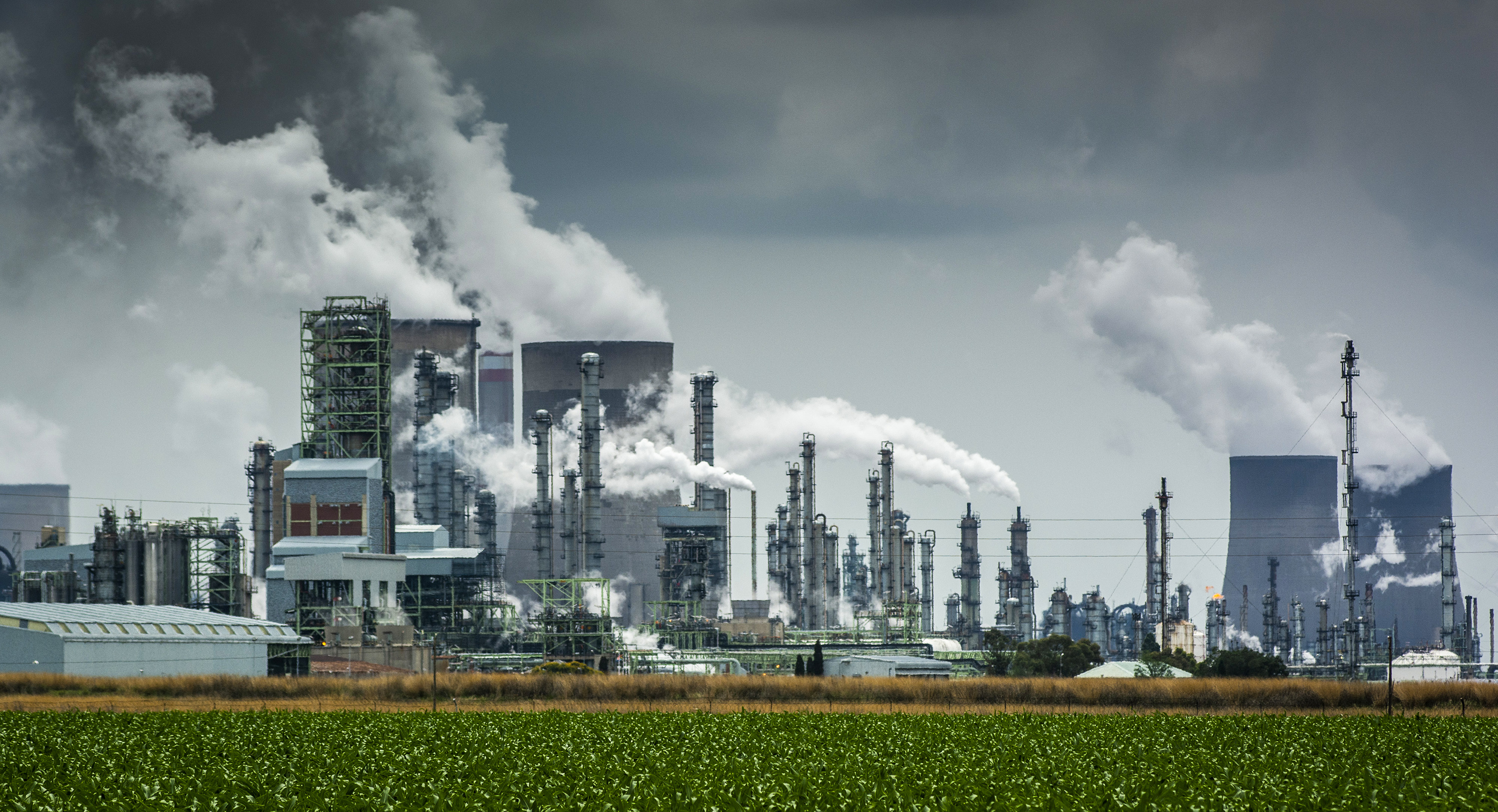Eskom and Sasol have joined forces to find new sources of natural gas as South Africa faces the worst-case scenario in which the country runs out of the resource as early as 2027.
On Friday, 20 September, Eskom and Sasol signed a memorandum of understanding (MOU), which will pave the way for both parties to collaborate in searching for new natural gas sources and avert a “day zero” or “gas cliff” – a situation in which South Africa runs out of gas.
Eskom and Sasol have not yet identified new sources of gas or secured firm commitments for supply, but have committed to combine their technical expertise in finding and delivering new volumes of the resource to South Africa.
At a press briefing on Friday after the MOU was signed, Eskom CEO Dan Marokane said there are no deadlines attached to its collaboration with Sasol on finding new gas sources. “There are no timelines on when Eskom and Sasol will come back to the market to conclude this [unveiling new sources of gas]. We have committed to supporting the initiative of finding gas sources for South Africa. Time is not on our side because of the gas cliff,” said Marokane.
 Sasol CEO Simon Baloyi. (Photo: Sasol / Facebook)
Sasol CEO Simon Baloyi. (Photo: Sasol / Facebook)
Gas is used by industries including steel, chemicals, glass and food in Gauteng, the Free State, KwaZulu-Natal and Mpumalanga. The halt of gas supplies to South Africa will have dire consequences since the resource is estimated to support as many as 70,000 jobs and contributes up to R500-billion a year to the domestic economy.
Sasol is considered to have a monopoly on the supply of natural gas to industrial users. In the early 2000s it entered into a contract with the governments of Mozambique and South Africa to explore the Pande and Temane gas fields. Sasol sources gas from these fields and transports it via the Republic of Mozambique Pipeline Investments Company (Rompco) pipeline. In August 2023, Sasol informed the industry that its gas supplies would be initially suspended by June 2026 because the gas fields were drying up.
Read more: SA has ‘four months’ to avoid a natural gas Day Zero as Sasol contract supply crisis looms
In early September, Sasol announced that the gas supply crunch or “gas cliff” had been extended by a year from the initial June 2026 period, and that work was ongoing to extend the crunch to mid-2028. “[The extension] has now given us space and scope to be able to bring in LNG [liquefied natural gas]... and that time must not be wasted,” said Sasol CEO Simon Baloyi at the MOU signing. Although mid-2028 may seem relatively far off, gas pipelines and other infrastructure will have to be built and commissioned in the coming months so that the flow of gas begins to yield benefits.
 Eskom CEO Dan Marokane briefs the media on his 100 days in office at Megawatt Park on June 14, 2024 in Johannesburg. (Photo: Gallo Images / Sharon Seretlo)
Eskom CEO Dan Marokane briefs the media on his 100 days in office at Megawatt Park on June 14, 2024 in Johannesburg. (Photo: Gallo Images / Sharon Seretlo)
Energy and Electricity Minister Kgosientsho Ramokgopa, who attended the MOU signing, said there is no time for South Africa to build and run its natural resources before the “gas cliff” because this exercise usually takes 10 years. “We are dealing with an emergency. We want to deal with the existing infrastructure in Mozambique,” he said.
Several options are on the table: exploiting natural opportunities from the existing Rompco agreement with Mozambique, building new infrastructure for gas in South Africa, or looking beyond Mozambique to other countries for new supply.
 Electricity and Energy Minister Kgosientso Ramokgopa at an ANC media briefing on priority one of the election manifesto at Luthuli House in Johannesburg on 29 February 2024. (Photo: Gallo Images / Fani Mahuntsi)
Electricity and Energy Minister Kgosientso Ramokgopa at an ANC media briefing on priority one of the election manifesto at Luthuli House in Johannesburg on 29 February 2024. (Photo: Gallo Images / Fani Mahuntsi)
Ramokgopa said the government has ambitions of building its gas infrastructure in Richards Bay, but this will be a long-term option. The government was in talks with state-owned transport group Transnet, which already runs massive gas pipelines to large energy users. Transnet pipelines run from Secuda to Durban via Empangeni and have take-off points at Newcastle and Richards Bay, as well as along the route between Empangeni and Durban.
Ramokgopa said there is also the option of entering into agreements with other countries for new gas supplies, mainly Qatar. Sasol already has exposure to Qatar as it owns 49% of ORYX GTL, which is a gas-to-liquids plant in that country. It might require the governments of South Africa and Qatar to intervene and negotiate any potential gas supplies.
“Qatar has expressed interest in working with South Africa. We see it as being a top candidate for procuring LNG. By mid-October, we would have made contact with counterparts such as Qatar. But we need to ensure that the pricing [of their LNG] makes sense,” he said. DM




 Electricity and Energy Minister Kgosientso Ramokgopa at an ANC media briefing on priority one of the election manifesto at Luthuli House in Johannesburg on 29 February 2024. (Photo: Gallo Images / Fani Mahuntsi)
Electricity and Energy Minister Kgosientso Ramokgopa at an ANC media briefing on priority one of the election manifesto at Luthuli House in Johannesburg on 29 February 2024. (Photo: Gallo Images / Fani Mahuntsi) 